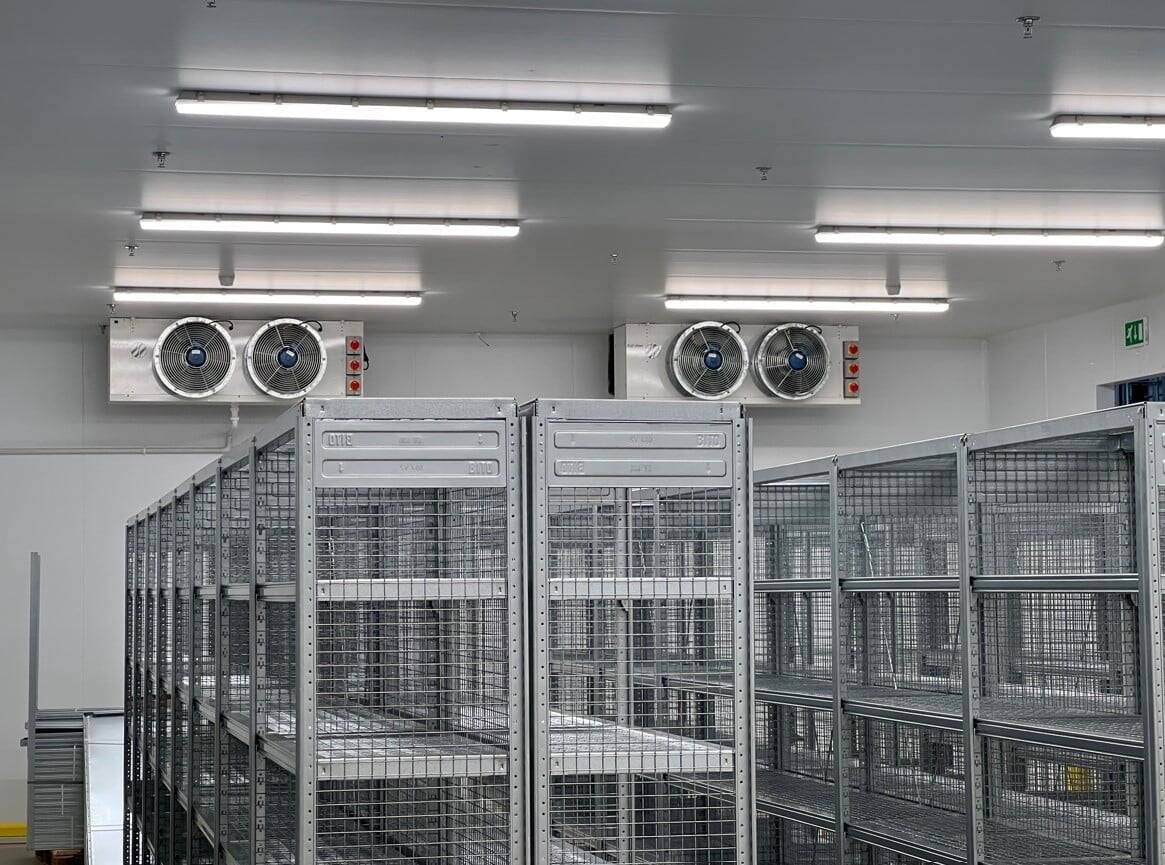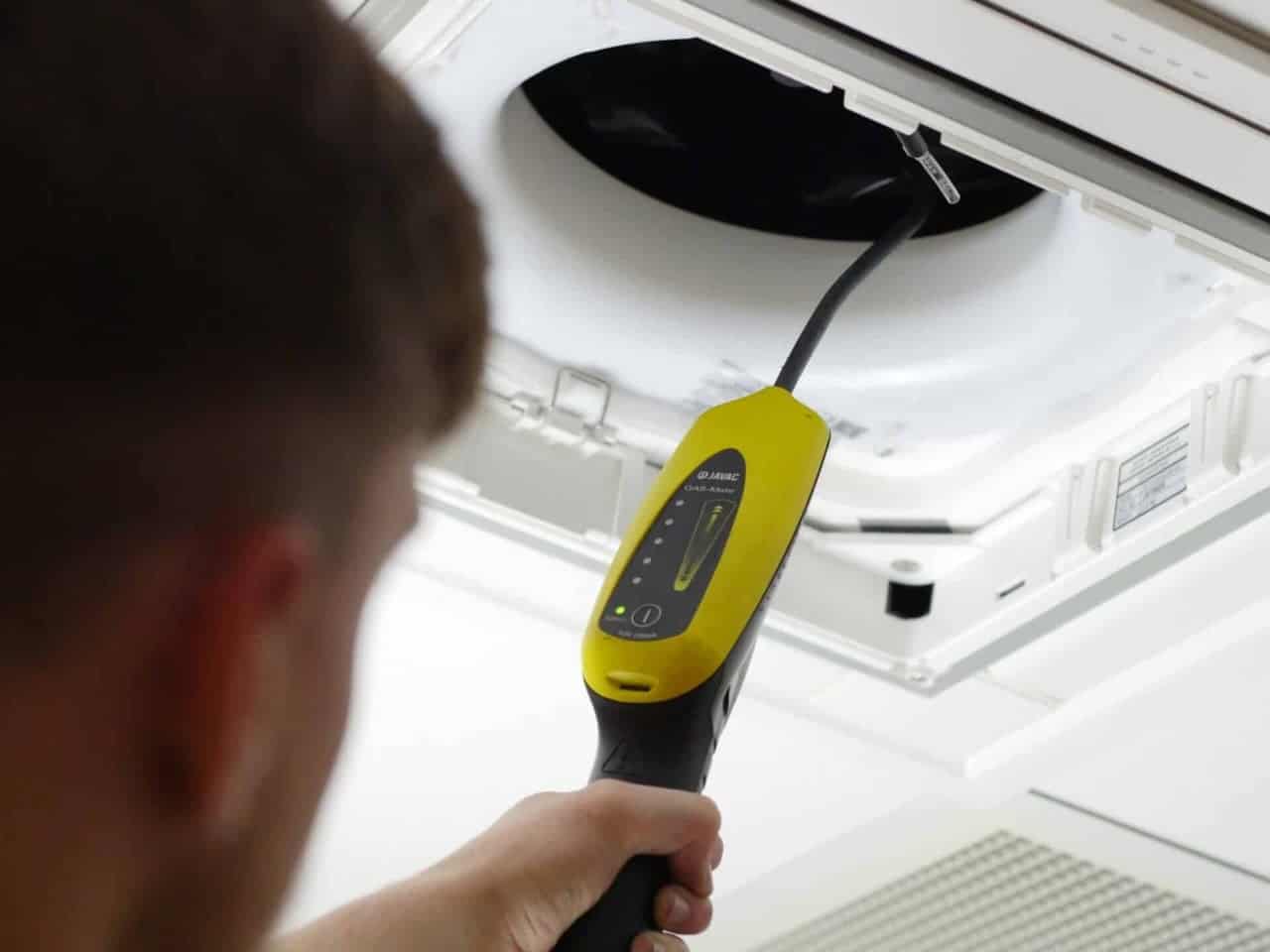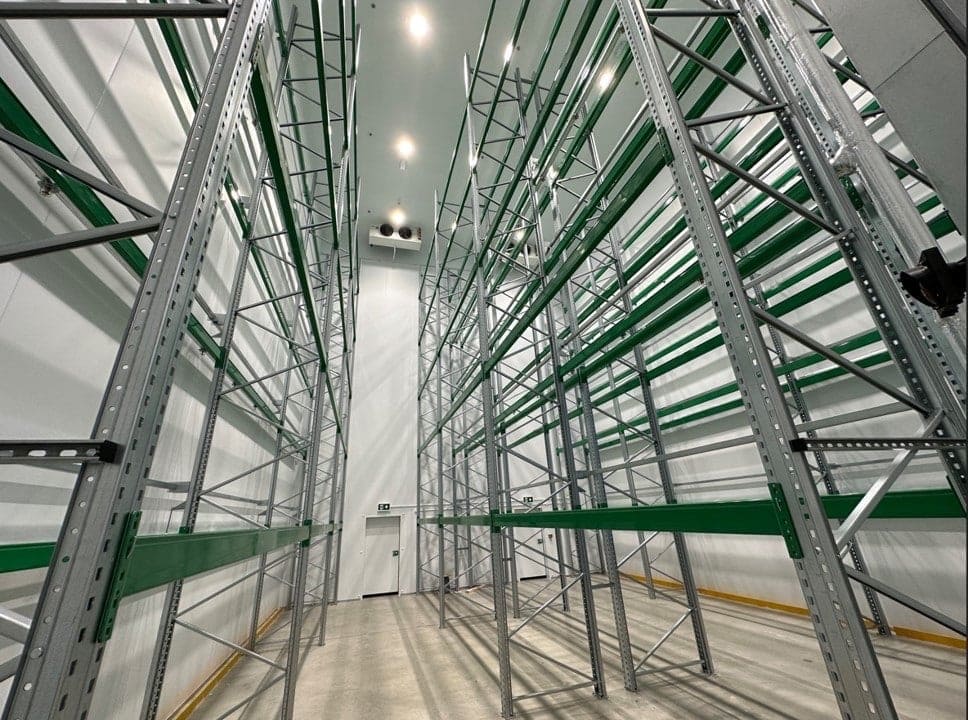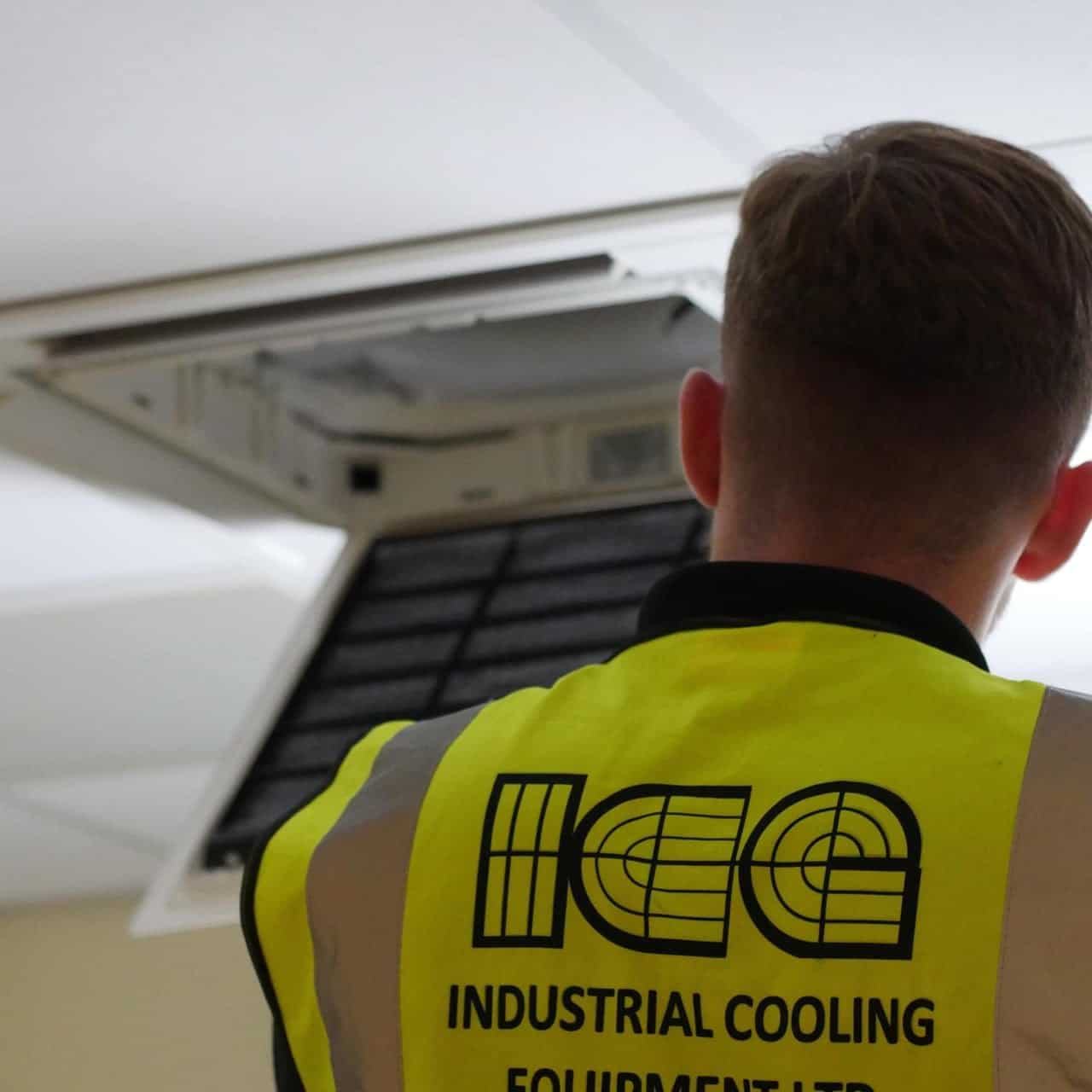Effective and functional cold storage is essential for a wide range of businesses. There are a number of options available for temperature control, ranging from large refrigerators for smaller catering operations, to warehouse-sized cold rooms for supermarkets and temperature-controlled distribution centres. Maintaining the correct temperature in a restaurant freezer is crucial for ensuring food safety, quality, and compliance with health regulations. For restaurant owners and managers, understanding the optimal freezer temperature and the reasons behind it can prevent foodborne illnesses, preserve the nutritional value of food, and minimize waste. This article explores what temperature should a walk-in cooler be, the ideal temperature for a restaurant freezer, the reasons for maintaining this temperature, and best practices for freezer management.
Ideal Temperature Range
The Food and Drug Administration (FDA) recommends that restaurant freezers be set to -18°C or lower. This temperature effectively halts bacterial growth, preserves food quality, and ensures that frozen food remains safe for consumption over extended periods. While -18°C is the standard, some operations might find slight variations more suitable depending on the specific needs of their menu items. However, deviating significantly from this standard can pose risks.
Why is this temperature range?
Food Safety
Bacteria that cause foodborne illnesses, such as Salmonella, E. coli, and Listeria, cannot grow at temperatures below -18°C. By maintaining the freezer at or below this temperature, restaurants can effectively prevent bacterial proliferation that could lead to foodborne illnesses, protecting both customers and the establishment’s reputation.
Food Preservation
Freezing food at -18°C or lower ensures that the enzymatic activity that causes spoilage is significantly slowed down. This helps in maintaining the food’s texture, flavor, and nutritional value. For instance, meat stored at -18°C can be preserved for several months without a significant loss in quality.
Regulatory Compliance
Health departments and food safety organizations globally adhere to strict guidelines concerning food storage temperatures. By setting the freezer to -18°C, restaurants comply with these regulations, avoiding potential fines or closures due to non-compliance during inspections.
Best Practices for Freezer Management
Regular Monitoring
It’s essential to regularly check the freezer temperature using reliable thermometers. Modern freezers often come with built-in digital thermometers, but having an additional standalone thermometer can provide an extra layer of assurance. Daily temperature logs can help track performance and identify any fluctuations early.
Proper Loading
Overloading the freezer can obstruct air circulation, leading to uneven temperatures. On the other hand, underloading can result in frequent temperature fluctuations. Striking a balance by keeping the freezer adequately stocked ensures consistent temperatures. Additionally, avoid placing hot food directly into the freezer, as it can raise the internal temperature temporarily, affecting nearby stored items.
Regular Maintenance
Routine maintenance of the freezer is crucial. This includes cleaning the condenser coils, checking door seals for airtight closure, and defrosting if necessary. Poor maintenance can lead to inefficient operation, causing temperature fluctuations and higher energy consumption.
Organized Storage
Organizing the freezer properly can help maintain consistent temperatures and improve efficiency. Store similar items together, label them with dates, and use a first-in, first-out (FIFO) system to minimize the risk of using expired products.
Emergency Plans
Power outages or freezer malfunctions can compromise food safety. Having an emergency plan, such as using backup generators or transferring food to alternative storage locations, can mitigate the risks associated with such incidents.
Common Issues and Solutions
Inconsistent Temperatures
If the freezer’s temperature is not stable, check the door seals for leaks, ensure proper airflow inside the unit, and avoid frequent door openings. Additionally, inspect the thermostat and defrost system for proper functionality.
Frost Build Up
Excessive frost can impede efficient freezer operation. Regular defrosting can prevent this issue and ensuring that the freezer door is always properly closed can minimize frost accumulation.
Power Failures
In the event of a power failure, keep the freezer door closed as much as possible to retain the cold air. Using a thermometer with a memory function can help track how long the freezer has been without power and if the temperature has risen above safe levels.
Customised cold storage solutions from Industrial Cooling Equipment
ICE has the specialist knowledge and experience to complete a turnkey cold storage solution that fully meets your needs.
As well as installing your cold room or cold storage solution we can also provide a regular maintenance service to ensure that your cold room is functioning at an optimal level.
Contact us to find out more about professional cold room installation and how it can benefit your business.





